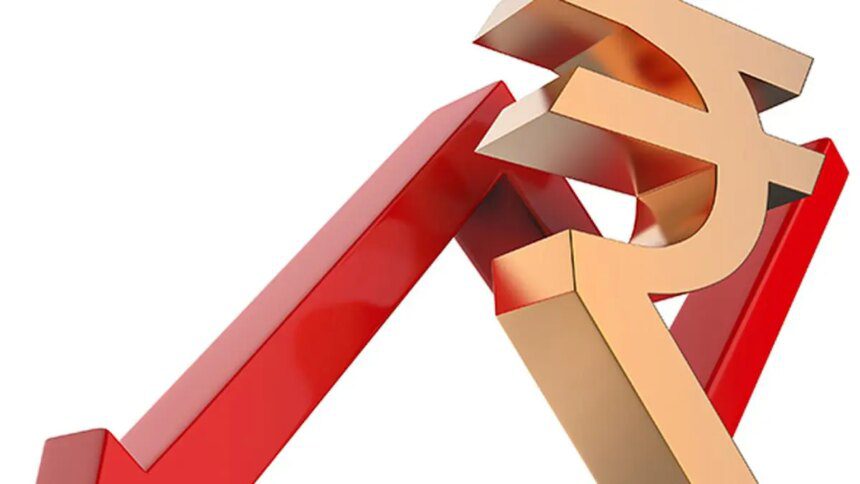The Indian rupee fell to an all-time low on Tuesday, driven by ongoing trade tensions with the United States that heightened demand for the dollar and prompted intervention from the central bank to stabilize the currency.
The rupee reached a record low of 88.80, surpassing the previous low of 88.7975 set last week, and was last quoted at 88.7550. Market participants remain pessimistic about a potential reversal for the currency, as a trade agreement with the U.S. continues to be out of reach. Additionally, a recent increase in U.S. H-1B visa fees has further weakened the rupee.
Analysts caution that the U.S. decision to raise H-1B visa fees may adversely affect revenues in India’s technology sector and trigger renewed outflows from the equity market. Following the visa fee hike, foreign investors have accelerated their divestment from Indian stocks, withdrawing over $2 billion from the market in the last six sessions, a sharp increase compared to the approximately $800 million withdrawn during the first three weeks of September, highlighting the strain on portfolio flows.
The rupee’s decline has also been intensified by high dollar demand from jewelry importers ahead of the October festival season. The Reserve Bank of India (RBI) has been intervening through state-run banks to mitigate the rupee’s decline, and this intervention is expected to continue on Tuesday.
Bankers reported that the central bank sold dollars to reduce intraday volatility and to prevent the currency’s record low from having a broader economic impact. “The RBI is stepping in to keep the rupee from spiraling,” noted a currency trader based in Mumbai. “While they’re selling dollars to smooth the market, the flows on the other side remain heavy.”
The RBI reportedly intervened in both the local spot market and the non-deliverable market last week. Analysts from BofA Global Research stated, “RBI is widely expected to slow the pace of move in line with the stated policy of containing volatility and to keep market expectations from becoming ‘one-sided’ ahead of a significant change around 90.” However, they emphasized that “all rationale points towards a more measured approach this time” from the RBI.
Published on September 30, 2025.










